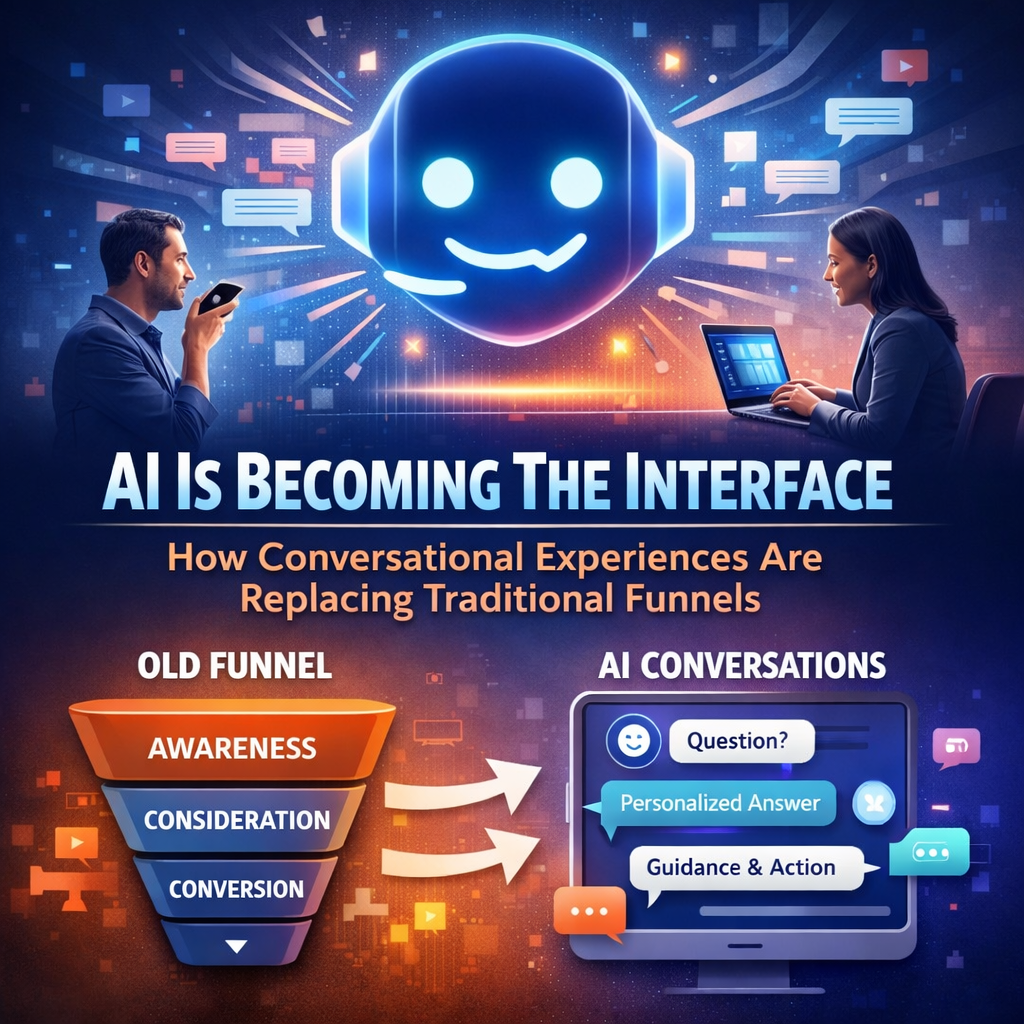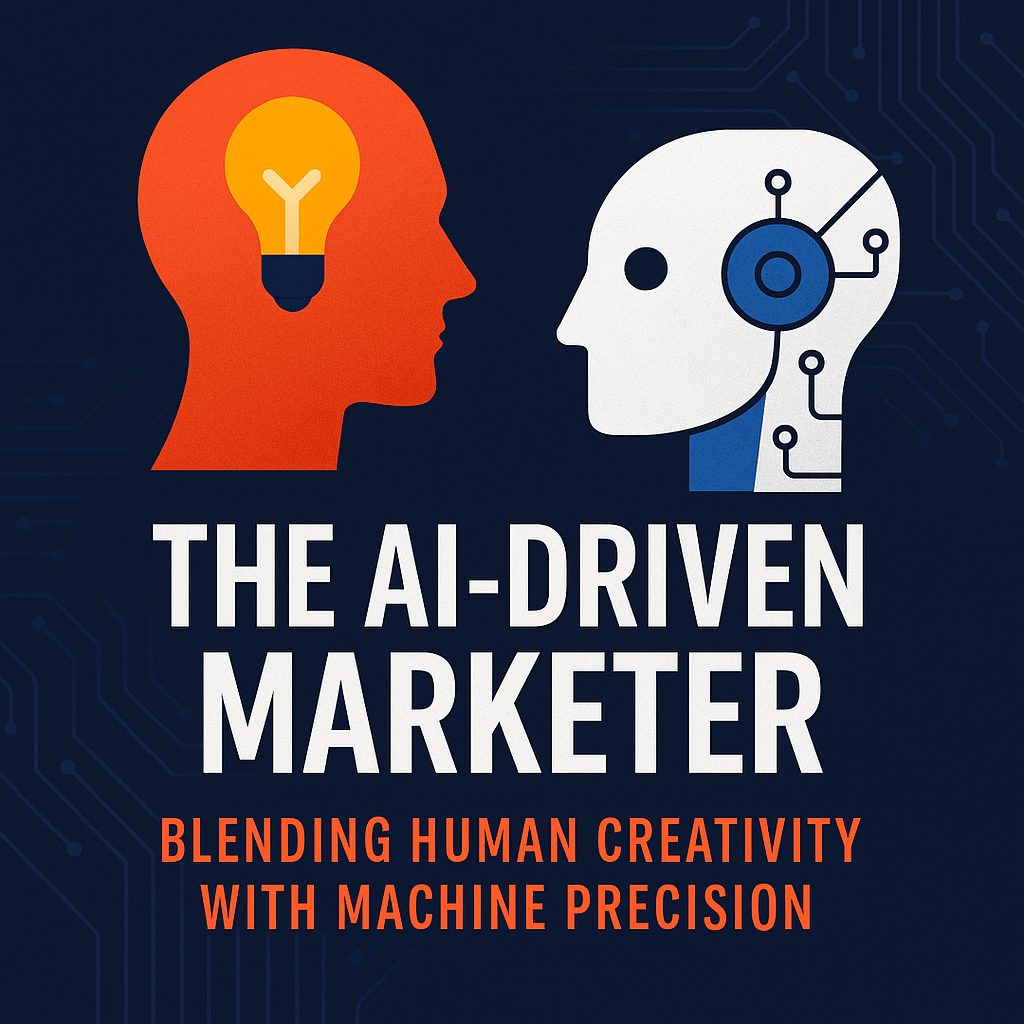In the age of AI, marketers can access more data than ever before. Yet, trust has become the most valuable currency. The question is: how do you personalize without crossing boundaries?
1. The Personalization Paradox
AI makes it easy to anticipate needs — from predictive product recommendations to hyper-targeted ads. However, many consumers are increasingly aware (and wary) of how their data is used.
The paradox?
A 2024 Deloitte study found that 68% of consumers appreciate personalization — but only if it’s transparent and respectful. That means your personalization strategy must be both smart and sensitive.
2. Transparency Is the New Trust Signal
Consumers no longer read privacy policies — they feel them. Every brand interaction communicates how much you value (or violate) their trust.
To keep personalization ethical:
Disclose data use upfront. Tell users what you collect and why.
Give control. Allow customers to adjust data and content preferences.
Communicate benefits. Frame personalization as a value exchange — “We use this to improve your experience,” not “We’re tracking you.”
Transparency doesn’t slow you down; it builds loyalty.
3. AI Needs a Human Compass
AI can predict behaviors — but it can’t sense boundaries unless you teach it to. Responsible marketers train AI systems to act with empathy, not just efficiency.
Human oversight ensures:
Biases are identified and reduced.
Messaging stays emotionally intelligent.
Personalization remains relevant, not invasive.
Human-in-the-loop design keeps AI aligned with brand values and customer comfort.
4. Authentic Branding Meets Ethical Data
Authenticity isn’t a buzzword — it’s a trust strategy. When your brand leads with transparency, integrity, and human voice, people don’t mind you knowing them.
Authentic brands:
Build communities, not databases.
Share stories, not algorithms.
Personalize experiences that feel human, not robotic.
Your goal isn’t to be omniscient — it’s to be understood.
5. Privacy-First Marketing Is the Future
The death of third-party cookies, the rise of GDPR and CCPA, and Google’s Privacy Sandbox are forcing brands to rethink targeting. The solution?
Zero-party data: Information willingly shared by customers (preferences, feedback, intent).
Contextual targeting: Relevance without intrusion.
AI ethics frameworks: Guardrails that define what’s off-limits.
When privacy becomes part of your brand promise, personalization feels like service — not surveillance.
6. Balancing Data and Dignity
Modern marketing isn’t about collecting more data; it’s about using better data. A few ways to respect dignity while driving results:
Personalize messaging based on behavior, not private data.
Use anonymized insights to guide campaigns.
Replace “tracking” with “listening.”
This approach builds a brand that feels human in a digital world — and customers will reward that with loyalty.
7. The Future of Personalization: Empathy Over Algorithms
AI should enhance empathy, not replace it. The brands that win in 2025 and beyond will combine AI precision with human purpose.
When you personalize with empathy and integrity, customers stop feeling like data points — and start feeling like part of your story.
Key Takeaway
Personalization + Privacy + Authenticity = Trust.
You don’t need to choose between data-driven marketing and human connection — you just need to design for both.










